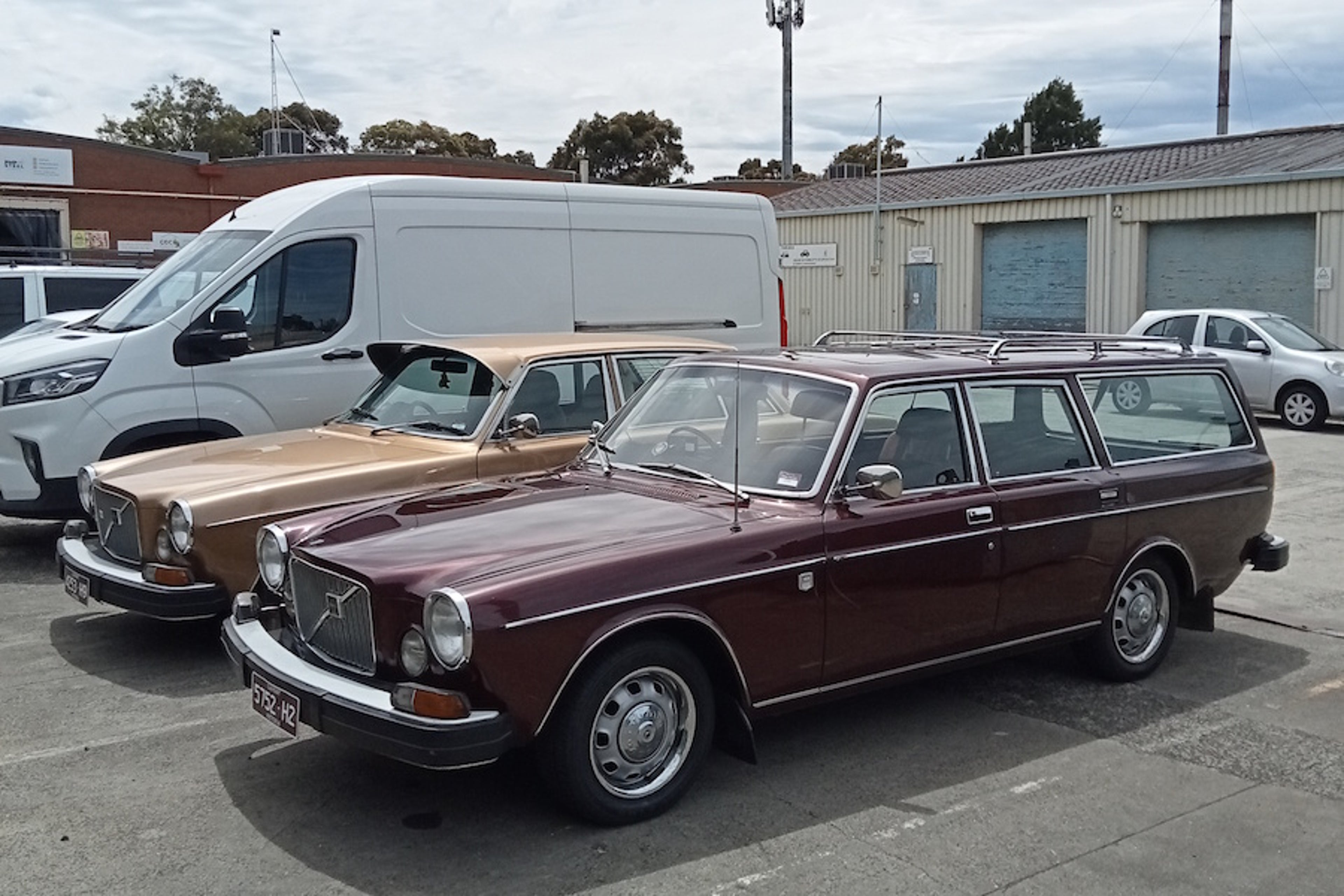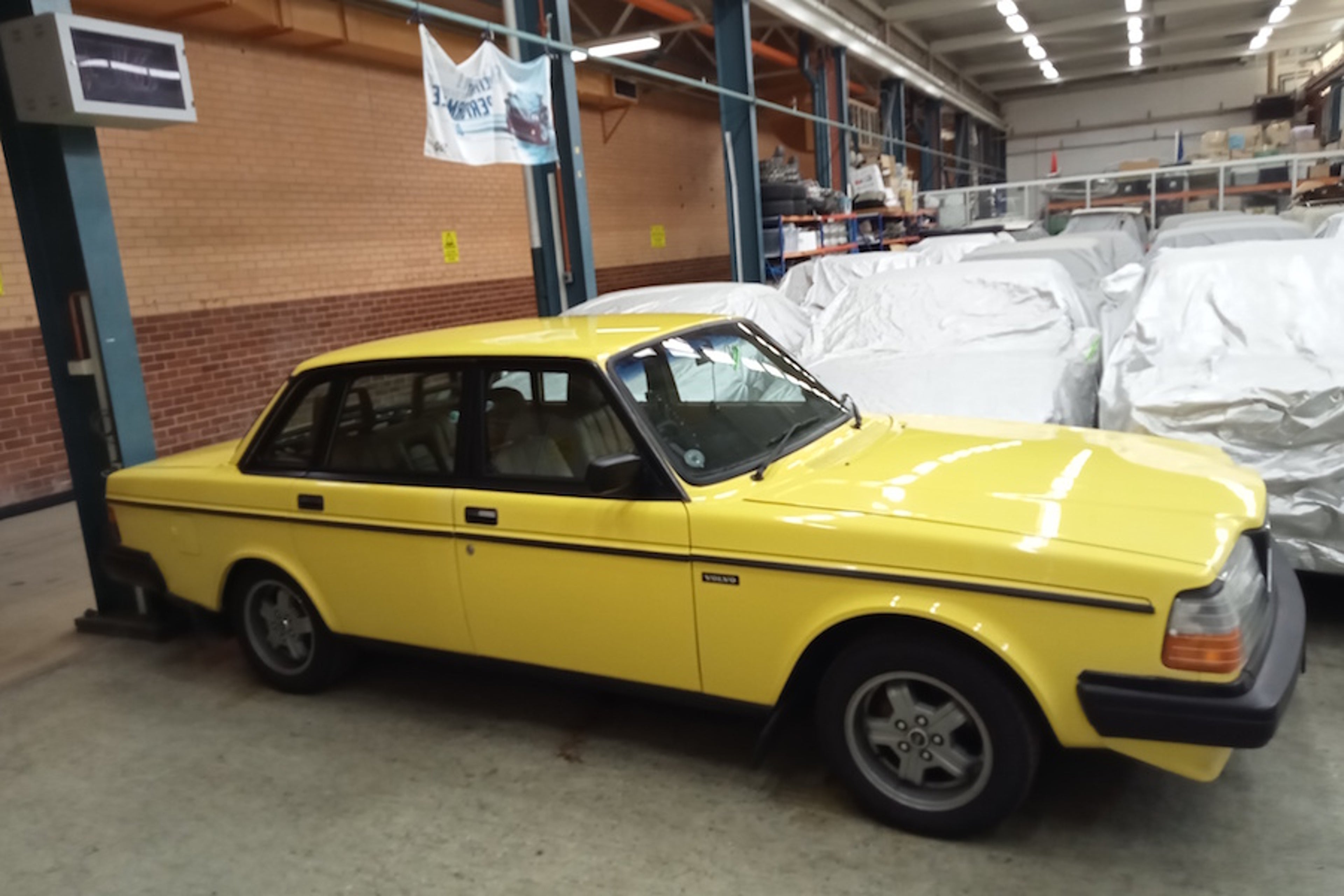The Volvo 165: The curious case of a one-off prototype made in Australia
Fifty years ago Volvo’s Australian bosses came up with a cunning and ambitious plan to take America by storm. It almost worked.

Officially the Volvo 165 doesn’t exist – and there are conflicting tales of why it was built in Australia, and which is the original taken to the 1975 Sydney Motor Show.
But Heino Nowatzky, a Victorian with a number of highly interesting Volvos in his stable, is convinced he has the one originally built for export to the US.
His theory is that the 165 was built to demonstrate that Volvo Car Australia, which was then assembling cars locally via Motor Producers Limited in Clayton, Victoria, “could paint metallic colours to the standard of those made in Sweden”. But there is a theory that it was also intended to act as a means to convince the Whitlam government to allow Volvo to bring more cars into Australia for assembly, with numbers at the time strictly limited. The plan was to export the 165 from Australia to the US, and convince the government to allow Volvo to import more kits for local assembly in return.
Long story short, that plan didn’t fly. But it did result in a locally-built 165 being presented at the Sydney Motor Show. Nowatzky says he has “been advised” that his car, acquired in 2009 for $3,000, is that car.
He bought it from Aaron Schack, the grandson of the man who originally did the work on behalf of Volvo Car Australia to combine a 1974 Volvo 164e sedan and 1974 145GL wagon, “painted in metallic wine red to prove they could do it.”
The vehicle identification number “tells us it is a 1974 – 164e manual overdrive with sunroof. That was never ever available in Australia,” says Nowatzky.
While there is another 165 prototype in existence in Australia, owned by John Johnson, that one is based on a 1969 model. Nowatzky believes it more likely that the 1974-based version – his, “pristine, complete with badges and a sunroof” – is the one that “would have been presented for export, to government and to the public”.
But neither owners can prove it definitively. Volvo Cars stopped assembling cars in Australia in 1988, and very little paperwork survives from that pre-digital era.
Either way, both cars are as rare as they come. Nowatzky says he knows of two others in existence, one built in Sweden in 1970 for an engineer working in Volvo’s special vehicles department (which sold for US$43,050 in 2017) and another in the UK. “There are others, but they are based on putting Volvo 164s onto 240s. So there are only four of this type that I know of.”
A long haul and an overhaul
Either way, after buying the car, Nowatzky had to ship it from Sydney to Melbourne. It had just 66,000 kilometres on the clock and was running, so he tried driving it. “We got about two kilometres from the depot and one of the water hoses blew.” After a long tow truck ride, it sat in storage for the next decade.
Then in 2020 with Covid lockdowns looming, Nowatzky decided to get the work done.
“Aaron [the previous owner] was a young student at the time and didn’t have the funds to do all the maintenance it needed.” Which ten years later was extensive.
“We replaced the fuel tank, the fuel pump, every single hose, brake lines, radiator, water pump, the heater core … it all had to be redone”. But the good thing about Australia’s climate, versus the car’s European origin, meant it was “remarkably rust free,” says Nowatzky.
He's still “fine tuning” the car before its first public unveiling – probably one of the Volvo Club of Victoria’s events, where Nowatzky is club president.
As such, he says he’s highly unlikely to sell it. Is there a rarer Volvo in Australia? “There are a couple, but we own them too,” quips Nowatzky.
Another unmissable one-off
He’s only half joking: ‘We have an Australian-produced 1984 Volvo 240 GLE in Volkswagen safety yellow.”
The story behind that one became clear at the Volvo Ocean Race when it came to Melbourne in 2017.
“For some reason, we decided to take the 240 to that event and a rather large Swedish man tapped me on the shoulder and said ‘I see you’ve brought my car for me!’
“It turns out he was in charge of overseas orders for Volvo Sweden and had received a request some years back to produce one in Volkswagen safety yellow. A gentleman was apparently buying it for his wife and had researched that the 240 was the safest car in the world at that time, and Volkswagen safety yellow – the colour used by safety vehicles at airports – was the safest colour. It was delivered on Christmas Day 1984.”
What’s more: “The colour has still not faded.”

Neither has the wine red metallic paint on Nowatzky’s unique 165 – which suggests Volvo Car Australia’s confidence in its local capabilities circa 50 years ago was well founded.
“There were a few chips in the paintwork, a couple of cracks, but it is remarkably intact,” says Nowatzky. “I don’t want to do anything to it.”